




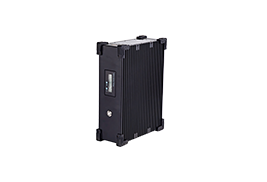
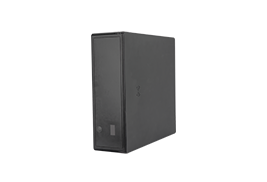
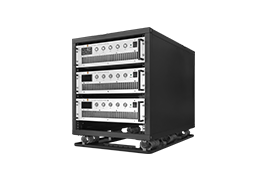
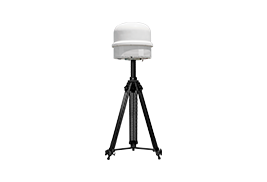
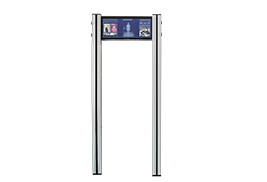
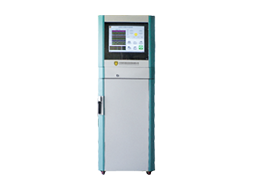


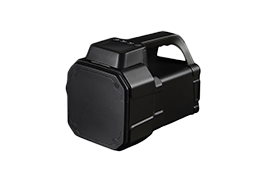
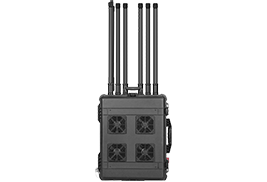
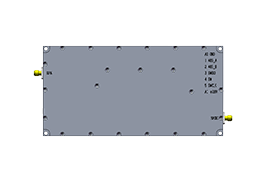
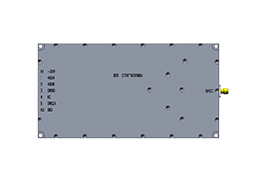
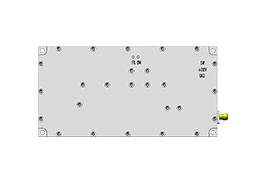
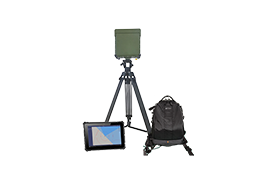
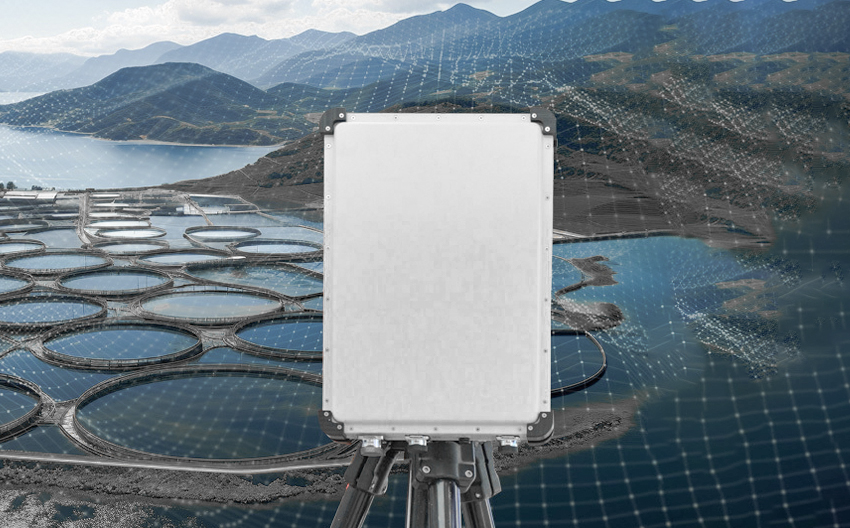
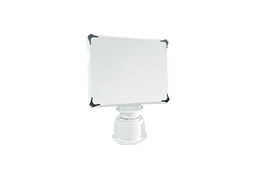
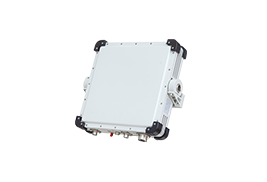



 X
X







 GLOBAL / ENGLISH
GLOBAL / ENGLISH

The radar detection principle of UAV is based on the propagation and reflection of electromagnetic waves. A radar system emits electromagnetic waves of a certain frequency when they meet targets (such as ground objects, aircraft or other obstacles) they will be reflected the reflected waves are received by the radar antenna and converted into electrical signals. By processing and analyzing these electrical signals, can obtain the distance, orientation, height and speed of the target. UAV radar detection equipment mainly consists of a transmitter, receiver, antenna, signal processing system and display control unit, etc. The transmitter generates and transmits electromagnetic waves, the receiver receives reflected waves and converts them into electrical signals, and the antenna transmits and receives electromagnetic waves. signal processing system filters, magnifies, detects and measures the received signal, and extracts the target information. Display The control unit displays the processed information to the operator in the form of graphs or data.
The basic principle of radar is to use the propagation and reflection of radio waves. A radar transmitter generates electromagnetic waves of a specific frequency, and transmits them out into space in a directional beam through an antenna. When these electromagnetic waves meet the target, some of the energy is reflected back and is captured by the radar receiver. By measuring the time difference between transmitting and receiving electromagnetic waves, can be used to determine the distance of the target; and through the processing and analysis of the echo signal, can be extracted target speed, direction and other more information.
Radar detection technology is mainly used to detect, track and locate UAVs . obtains target information by emitting electromagnetic waves and receiving their echoes. When the electromagnetic wave meets the target, part of the energy will be reflected back, form an echo. By analyzing the time, direction and frequency of echo, can determine the position of target, speed and direction and other parameters.
Radar detection has the advantages of long detection range, accurate positioning, fast response, less affected by weather, high technical maturity. , however, there are close-range blind spots in the use process, , and it is difficult to detect UAV targets made of non-conducting materials such as plastic or metal materials with wave transmittance. when the drone is hovering or moving slowly, due to the low Doppler shift, radar is also difficult to detect the drone target.












